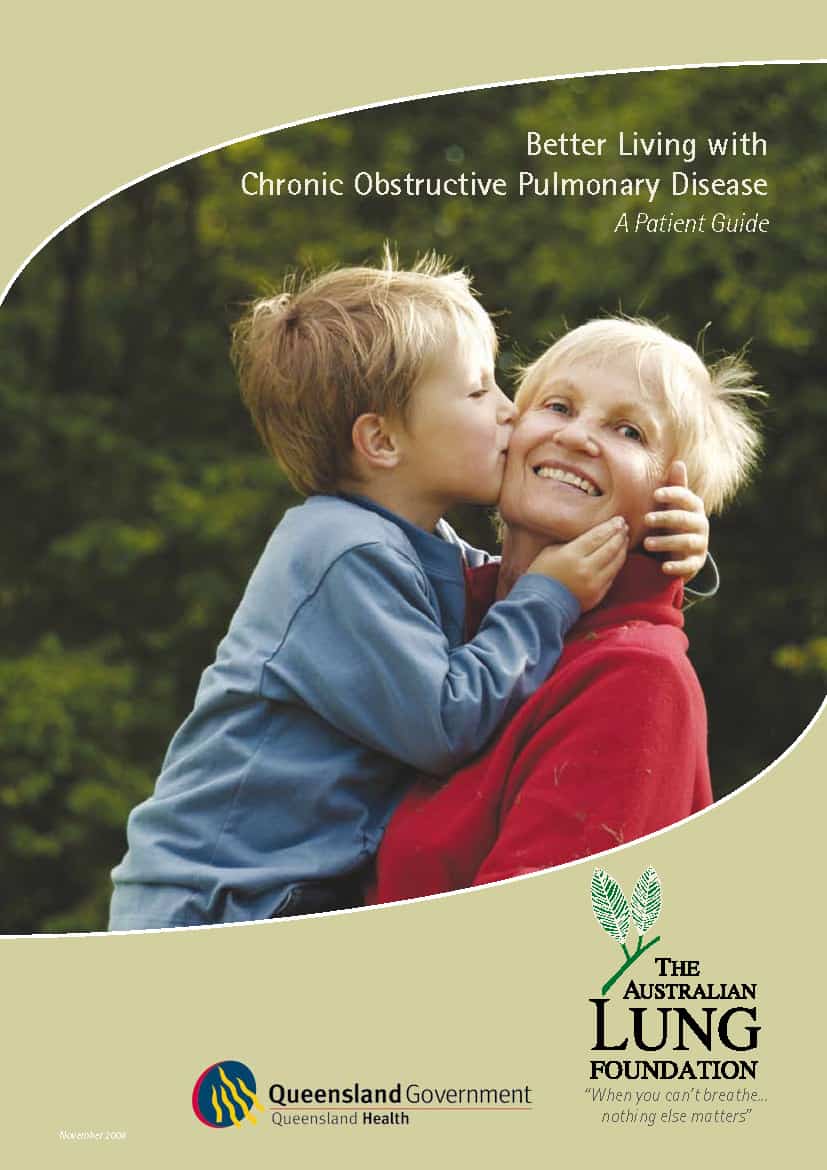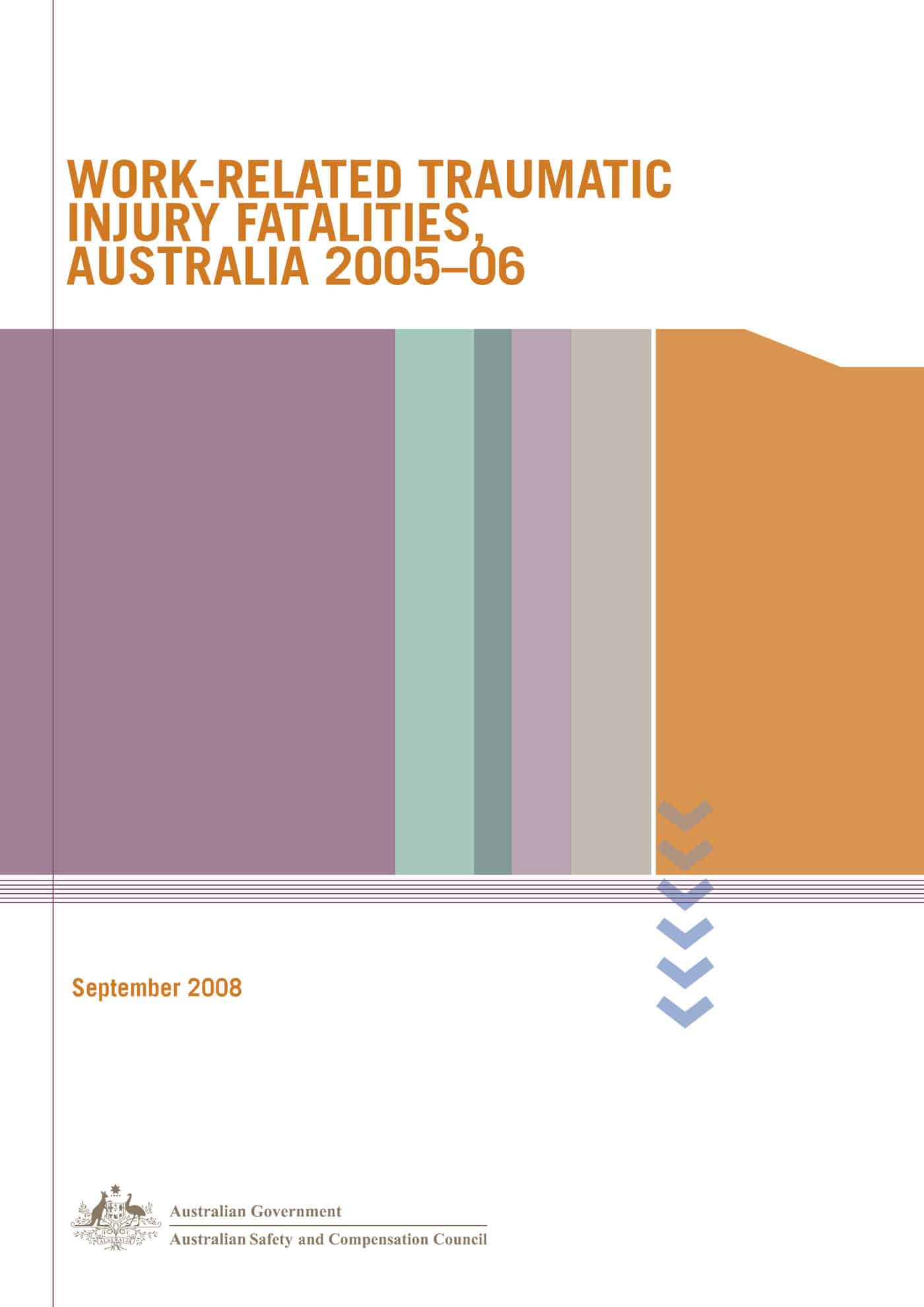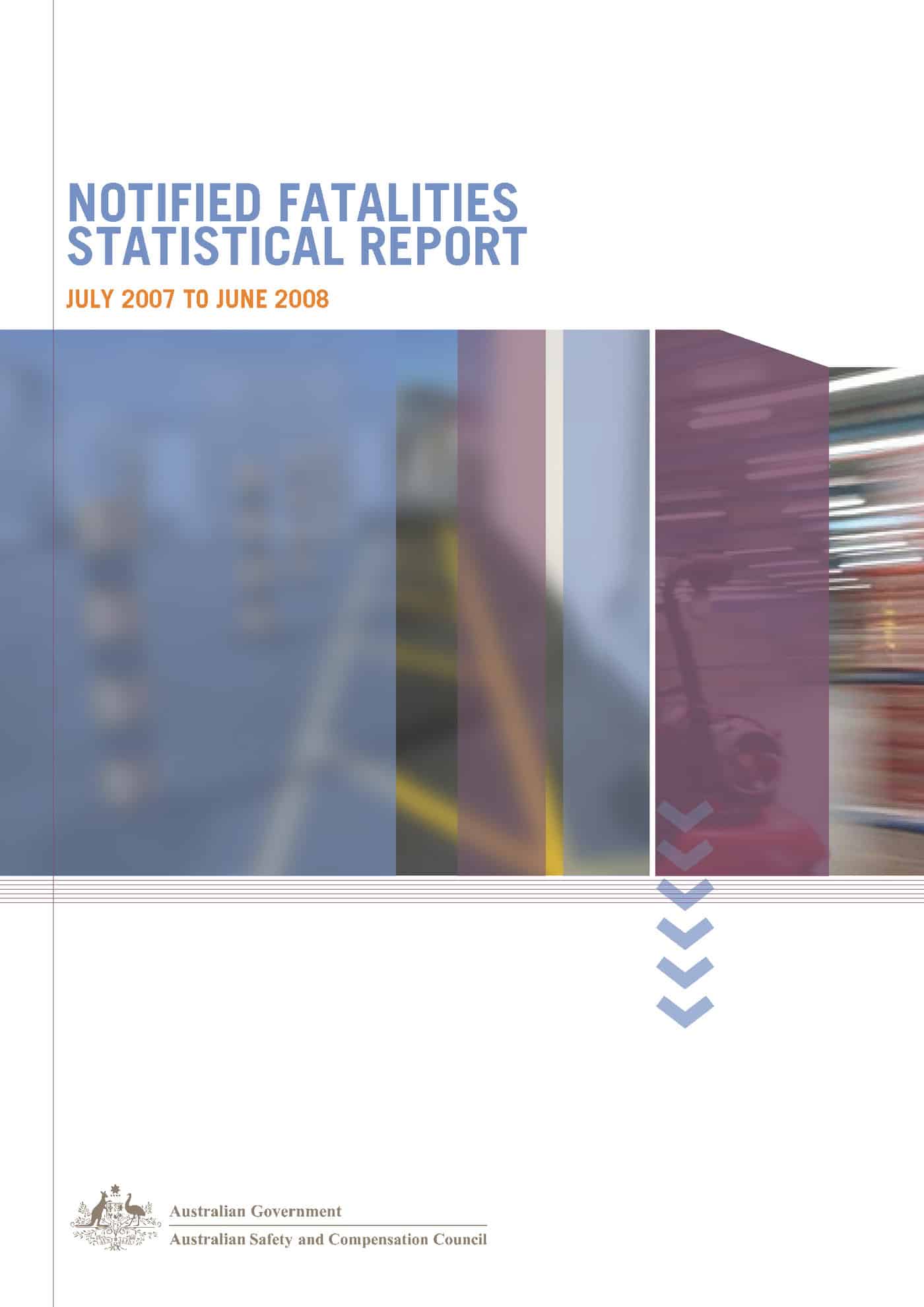The Western Australian government has released its latest statistics on workplace fatalities. The good thing, if there can be such a thing, is that the statistics are over ten years which is longer than most reporting and provide a promising trendline.
As the report states
“The data used to produce this report differs from reports on lost time injuries and diseases. The definition and identification of work–related fatalities requires case-by-case assessment of the work being performed, and the circumstances of the fatal event.”
Let’s hope this approach provides a more accurate picture of safety initiatives and enforcement.
The overview states
- In Western Australia there have been 459 work-related fatalities between 1988-89 and 2007-08.
- In Western Australia on average a person is fatally injured in a workplace every 16 days.
- There has been a consistent downward trend in fatality rates since the General Provisions of the Occupational Safety and Health Act 1984 (the Act) came into effect in 1988-89.
- There were 27 work-related fatalities in 2007-08.




